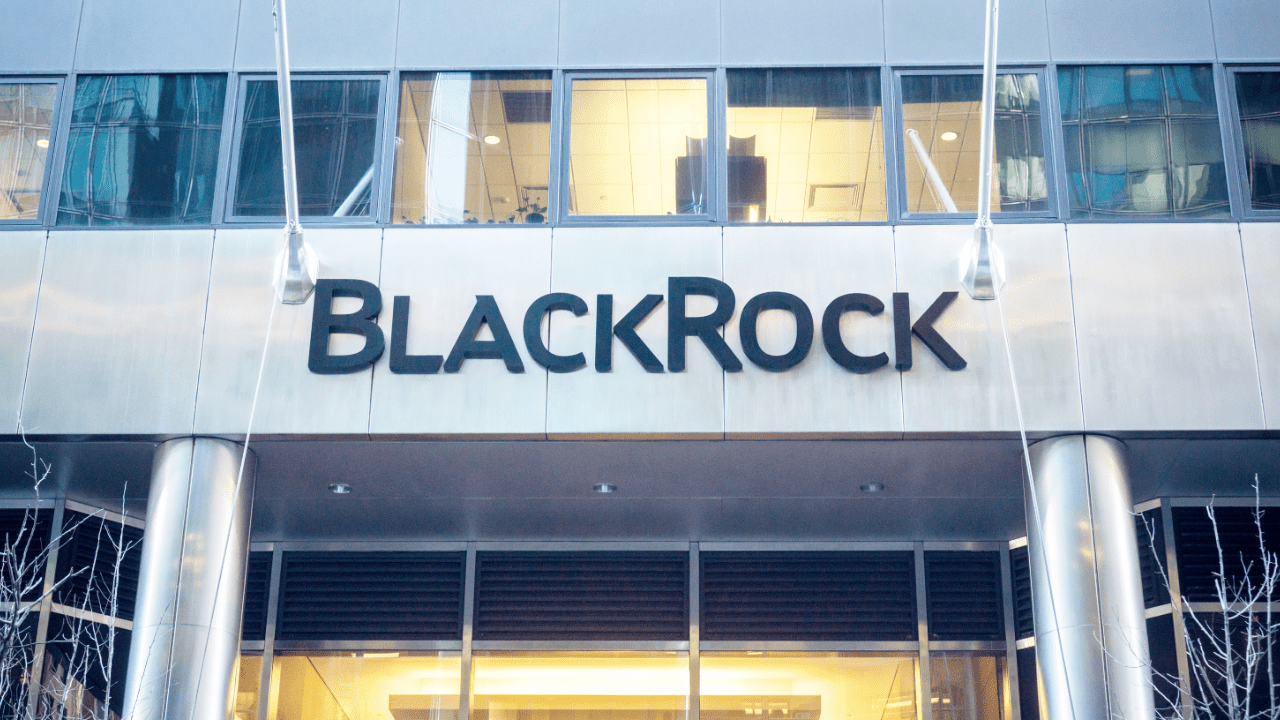Table of Contents
Tether (USDT) is the largest and most well-known stablecoin, a type of cryptocurrency pegged to the value of a traditional fiat currency—in this case, the US dollar (USD). It is issued by Tether Limited, which claims that each USDT token is backed by one dollar held in the company’s reserve accounts.
Originally launched as “Realcoin” in July 2014, Tether has grown to become the stablecoin with the highest market capitalization worldwide. At the beginning of 2025, the total USDT tokens in circulation were worth nearly $142 billion. Tether is primarily used to buy other cryptocurrencies, and thanks to its stability and high liquidity, it has become a crucial element of the crypto ecosystem—facilitating trading, minimizing volatility, and bridging the gap between fiat and crypto assets.

How Does Tether (USDT) Work?
Unlike traditional cryptocurrencies like Bitcoin or Ethereum, stablecoins maintain a fixed value by being pegged to real-world assets, such as fiat currencies (USD, EUR) or commodities like gold. The main goal of stablecoins is to provide stability and protection against volatility, making them an essential tool for traders and investors.
USDT is one of the first and most widely used stablecoins, enabling fast and low-cost transactions and offering broad utility across crypto exchanges, DeFi platforms, and payment systems.
Where Does Tether Exist?
Tether doesn’t have its own blockchain but instead operates on multiple blockchains, making it highly accessible and interoperable across the crypto ecosystem. USDT is available on:
- Ethereum (ETH)
- Tron (TRX)
- Solana (SOL)
- Ton (TON)
- Avalanche (AVAX)
- Aptos (APT)
- Near (NEAR)
- Celo (CELO)
- Cosmos (ATOM)
- Omni
- Polkadot Asset Hub
- Tezos (XTZ)
- Liquid
- EOS
- Algorand (ALGO)
- SLP (Simple Ledger Protocol – BCH)
- Kusama Asset Hub
What Backs Tether (USDT)?
The key factor behind USDT’s stability and credibility is its reserves. Tether Limited claims that every USDT in circulation is backed by an equivalent amount of assets, which include:
✅ Cash and cash equivalents
✅ Corporate bonds and secured loans
✅ Investments in other assets
However, Tether has faced criticism regarding the transparency of its reserves and regulatory pressures for more openness about its backing. To address concerns, Tether now publishes quarterly audit reports from independent auditors.
How to Invest in Tether (USDT)?
There are several ways to buy USDT in the digital asset world. Here are the most popular methods:
1. Centralized Exchanges (CEX) & P2P Platforms
USDT is available on major centralized crypto exchanges, including Binance, Kraken, Coinbase, and OKX. Centralized exchanges offer high liquidity, a wide range of trading pairs, and instant crypto purchases.
Many large CEX platforms also integrate P2P marketplaces, allowing users to buy USDT directly from each other. P2P trading provides flexibility in choosing sellers and payment methods, while also helping avoid high exchange fees.
2. Decentralized Exchanges (DEX)
For those who prefer anonymity, USDT can be bought via decentralized exchanges (DEX), which do not require account creation or KYC verification.
DEX platforms use smart contracts to facilitate direct trades between users. However, buying USDT this way can be more complex and not beginner-friendly, making it a better choice for experienced traders.
3. Crypto Wallets with Built-in Exchanges
Some crypto wallets integrate exchange services, allowing users to buy USDT directly using credit or debit cards. This is particularly useful for those who want to store their USDT immediately in a personal wallet without relying on external exchanges.
Recommended options include:
- Hardware wallets (Ledger, Trezor)
- Software wallets (Trust Wallet, MetaMask)
- Exchange wallets (for short-term trading)
Note: Holding large amounts of USDT on exchange wallets is not recommended due to hacking risks.
Why Invest in USDT?
Since USDT is designed to maintain a 1:1 peg to the US dollar, it’s not suitable for speculation. However, there are still good reasons to invest in it—despite some risks.
✅ Pros:
✔ Protection against volatility – Unlike Bitcoin or Ethereum, USDT does not experience dramatic price swings, making it a safe haven for traders looking to preserve value between trades.
✔ High liquidity & wide adoption – Tether has the highest daily trading volume among all cryptocurrencies, ensuring easy market entry and exit. It is widely used in DeFi, crypto exchanges, and international payments.
❌ Cons:
⚠ Transparency concerns – Tether has faced criticism over reserve backing. While it now publishes regular audits, questions about the quality of assets and the company’s solvency persist.
⚠ Regulatory risks – Stablecoins are under scrutiny by regulators, who want greater control over issuance and reserves. Potential legal actions could affect Tether’s future operations.
Tether’s Dominance in the Stablecoin Market
As of early 2025, Tether holds a commanding $142 billion market capitalization, representing approximately 5.42% of the total crypto market cap.
How to Use Tether in Your Portfolio?
- Holding USDT as a stable asset – USDT can stabilize an investment portfolio, allowing investors to move profits from volatile assets into a safe haven.
- Utilizing USDT in DeFi – Tether plays a vital role in decentralized finance (DeFi), where it is used for lending, yield farming, and collateral for financial products.
Final Thoughts
Tether (USDT) is one of the most crucial tools in the crypto ecosystem, providing stability, liquidity, and extensive utility. Despite risks associated with regulation and transparency, its importance in the crypto world is undeniable.
🚀 Curious about how to maximize your USDT investments? Join our investor community and discover the best strategies for using stablecoins!


























